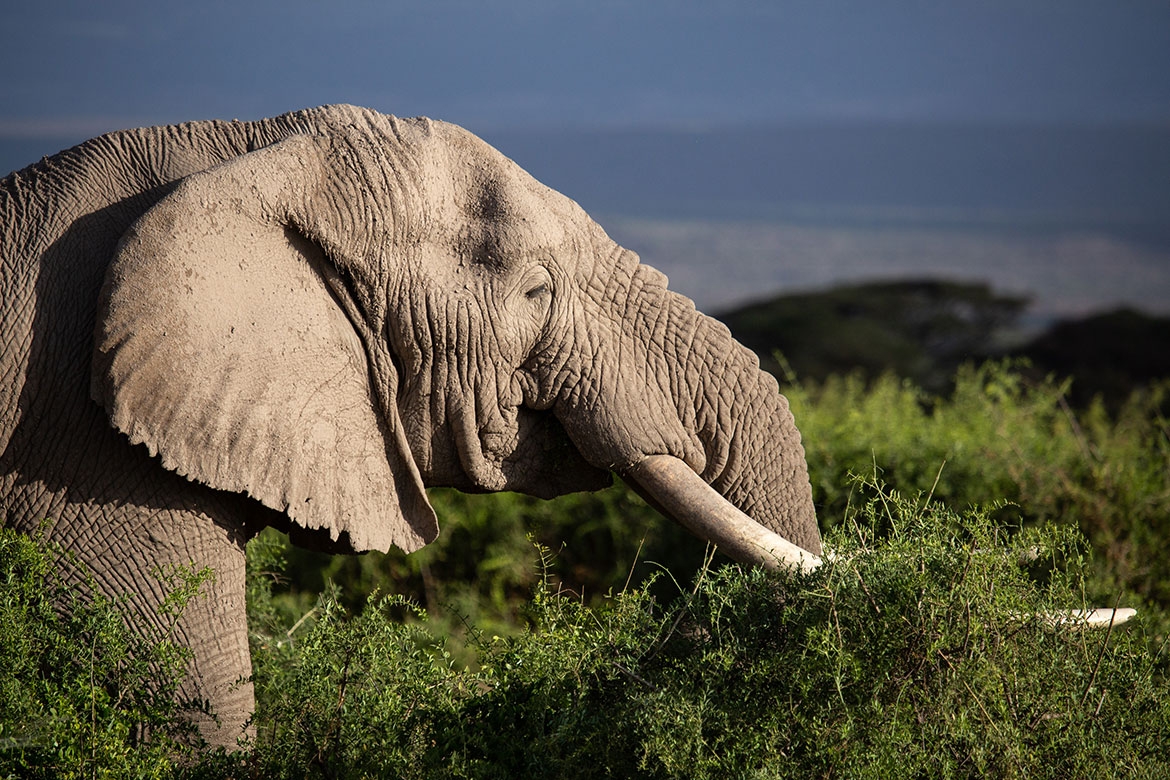Dances with Elephants
Cinematographer Bob Poole unlocks Secrets of the Elephants in the new docuseries timed for Earth Day.
Growing up in Kenya as the son of a wildlife conservationist, Bob Poole seemed almost predestined for a career involving nature. He's amassed credits as a director of photography for such PBS series as Nature and NOVA, Discovery Networks and BBC programs and more than forty shows for National Geographic.
His latest project, the four-part series Secrets of the Elephants, premieres two episodes on Nat Geo April 21 and streams all episodes on Earth Day, April 22, on Disney+ and Hulu. It's a particularly good fit to be a DP on this show: Poole began his career as a teenager working on a National Geographic film about elephants, and his sister, Dr. Joyce Poole, is an authority on the animals' behavior.
"Elephants are so fun to film, because of the way they move," Poole says. "They're big, but you can get incredibly intimate shots with them." But as with all wildlife, to tell compelling stories, "you need good behavior, because elephants walking and eating, which is what they do most of the time, is not very interesting."
Accordingly, Poole planned his shots around behaviors known to occur in the filming's time of year and environments, while staying prepared to record the unpredictable. The latter included the antics of an adolescent male and the reunion of a mother and newborn calf with the rest of their family, following a walk across the desert. Poole says that was "extraordinary" because no elephant baby had survived in eight years, due to a drought.
And then there was the placenta throwing. "Elephant placentas are eaten [by predators] almost immediately," he relates. "I'd never seen this before, where the mother was covering herself with the placenta, throwing it up and on top of her head and turning it around. Suddenly you realize you're filming a first. You're in focus, you're rolling, your heart's racing and you've got to get your shots – tight, medium, wide. You're just so in the moment when this incredible stuff is going on."
To capture much of the action, Poole relied on the "Bob-mobile," a Land Rover which he has been modifying for filming over the past ten years; earlier in his career, he had built camera mounts he'd used in aerial filming.
"I built a new contraption in a workshop in Nairobi [for the vehicle]. It's a long boom arm, or crane or jib, that has a spring-loaded arm at the end so that the camera can withstand a lot of vibration," he describes. "It was really awesome for filming Secrets of the Elephants, because it allowed me to get top-down shots of elephants and extreme low-angle shots." He also operated drones, for epic wide shots and overhead views that showed the animals as tiny figures against the desert landscape.
"I did know a lot about elephants," Poole reflects. "But I saw amazing things happen on this show."











